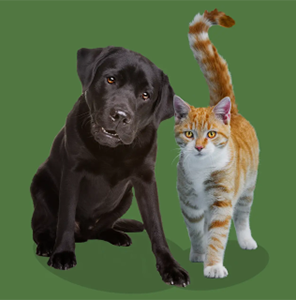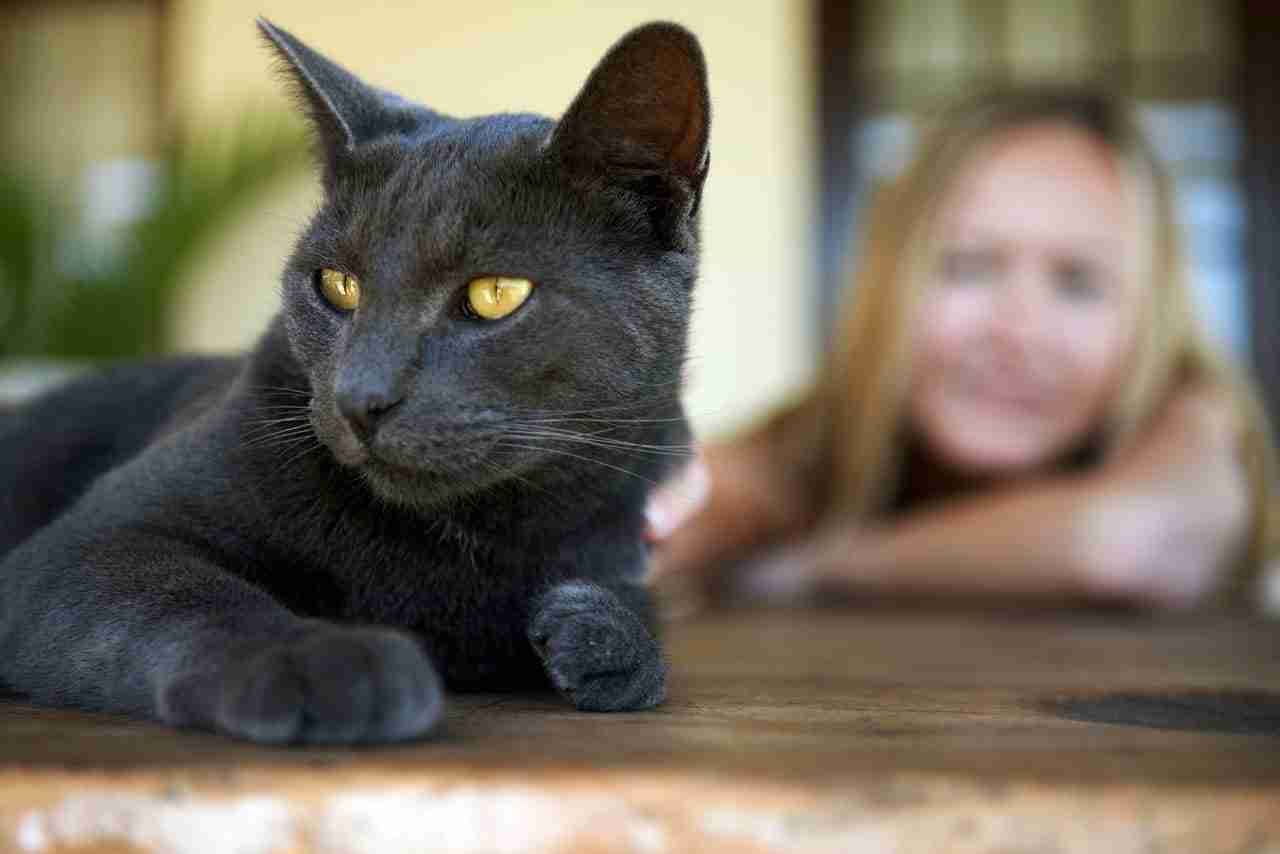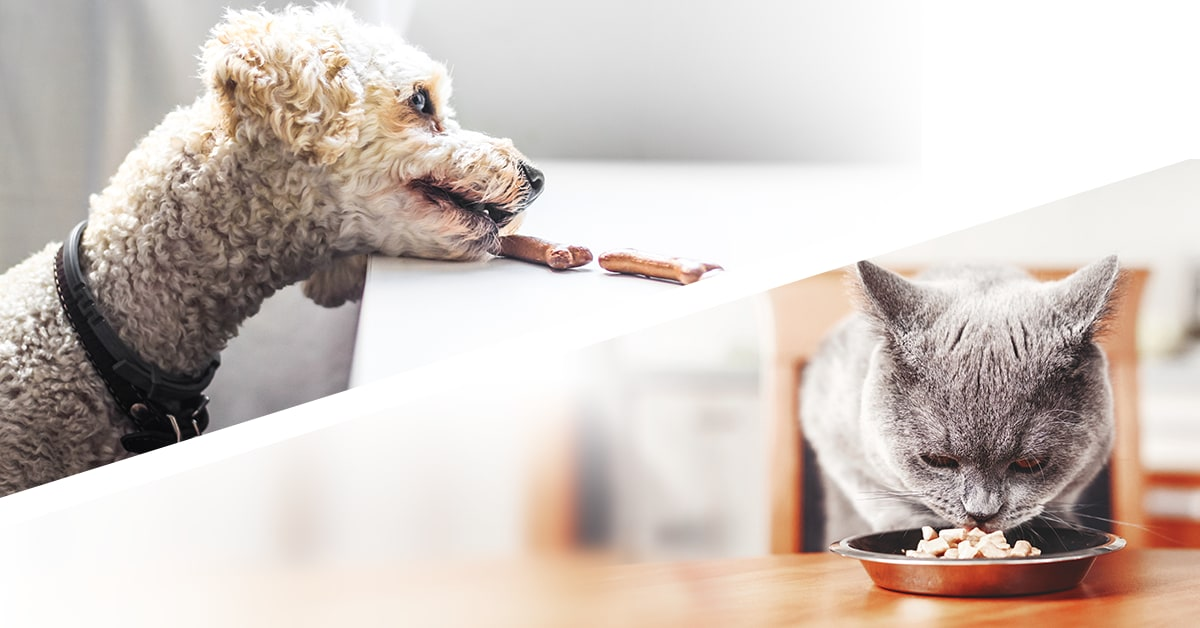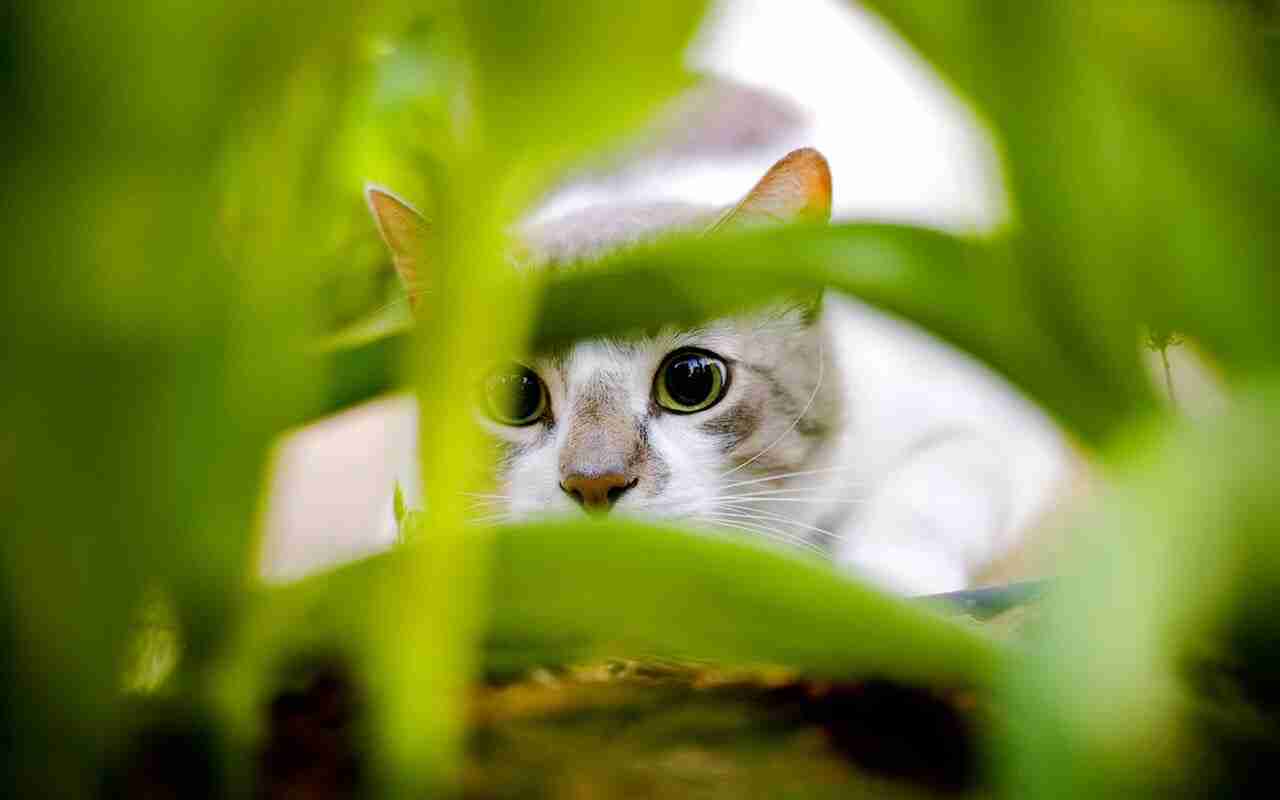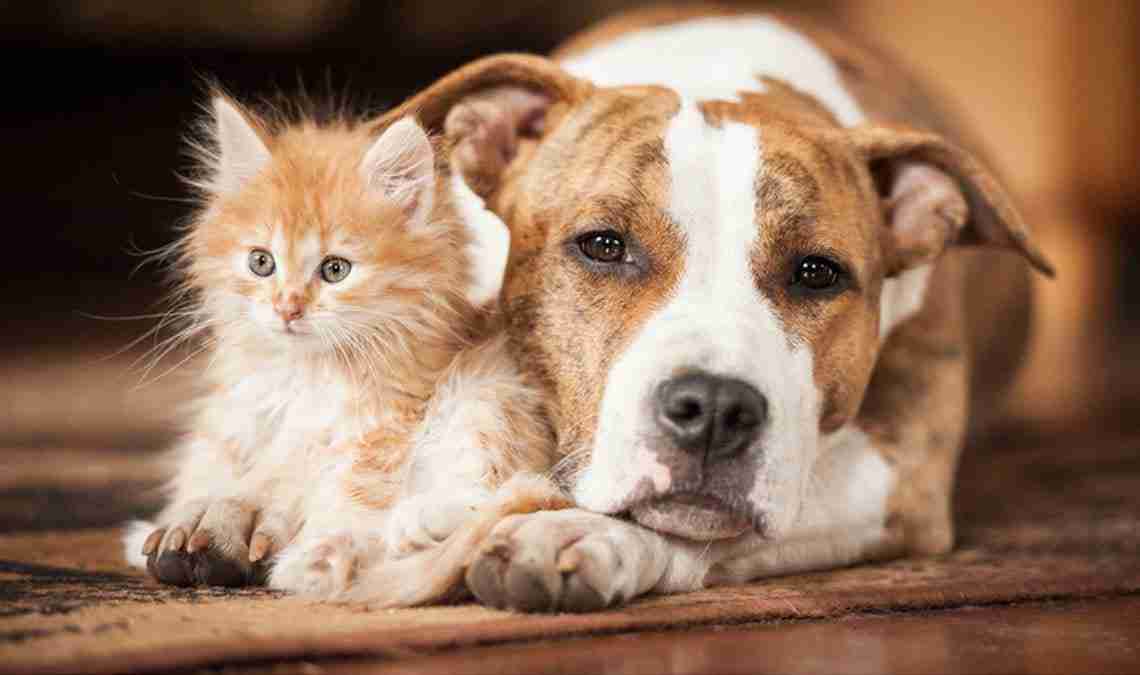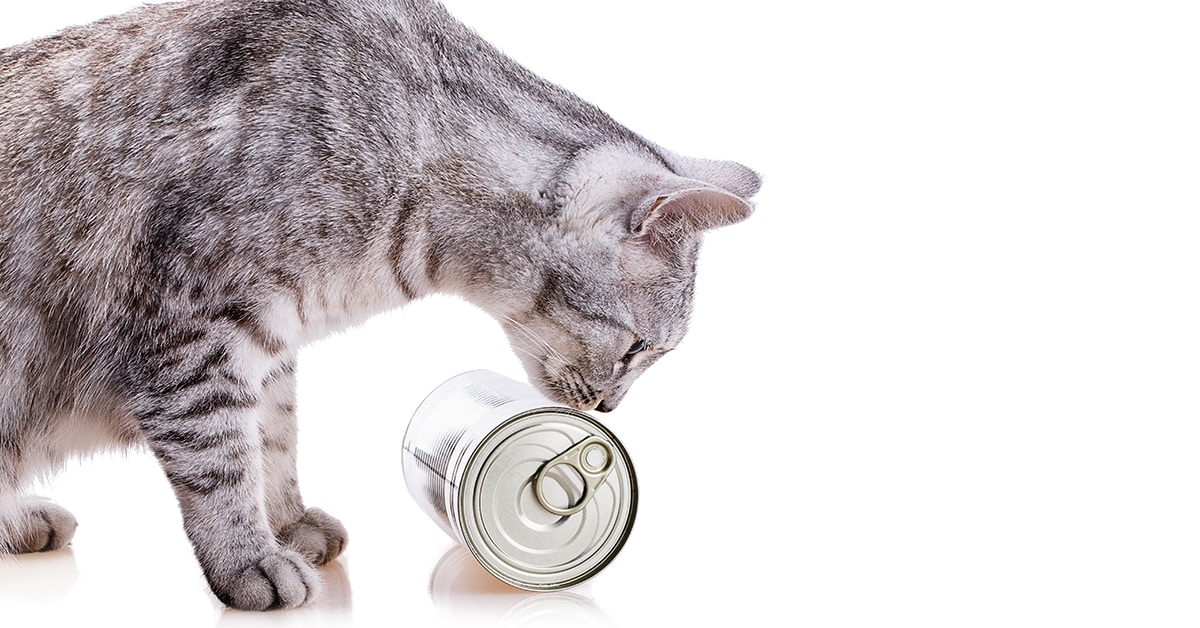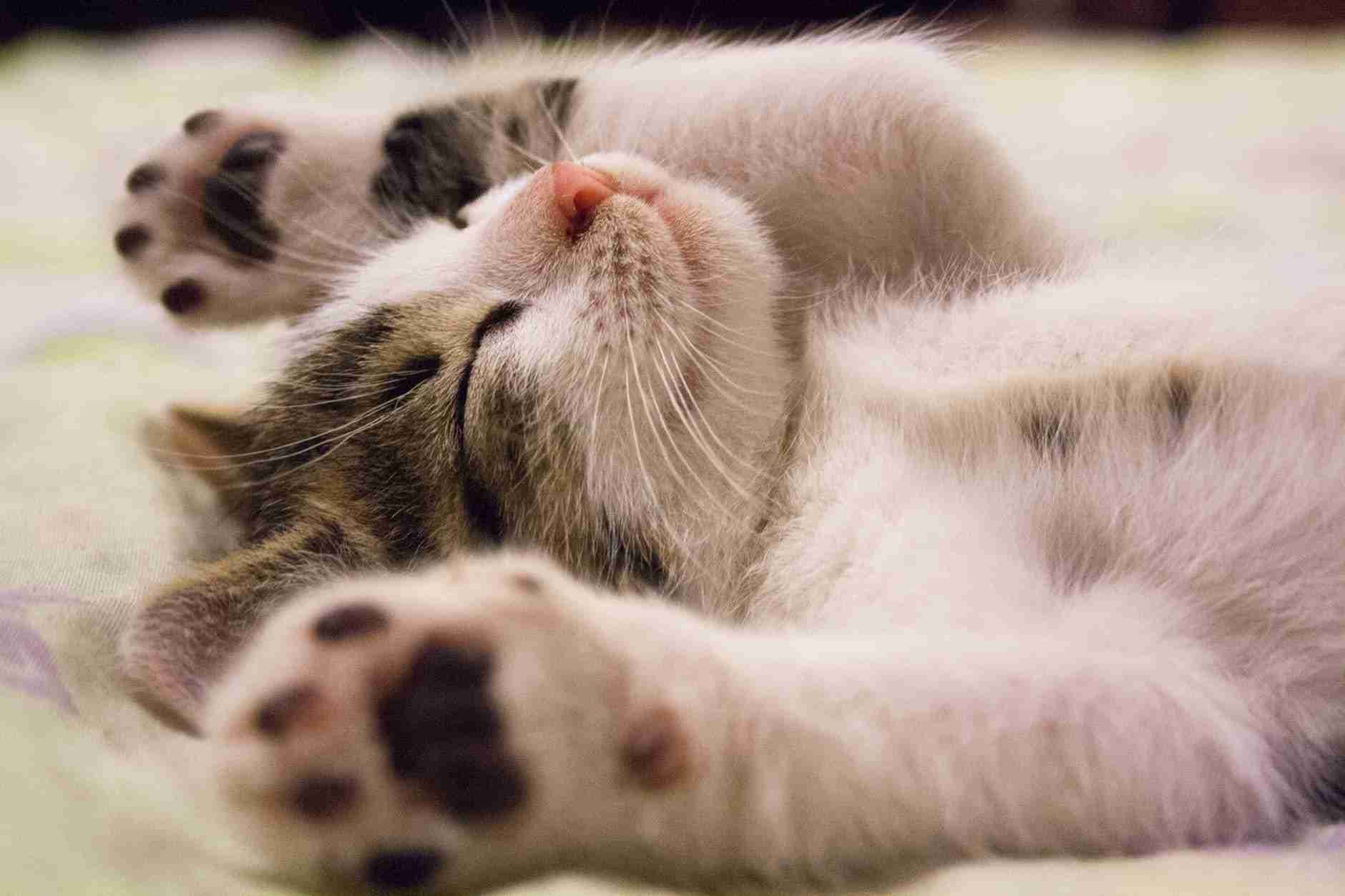Nutritional Advice for Healthy, Happy Cats
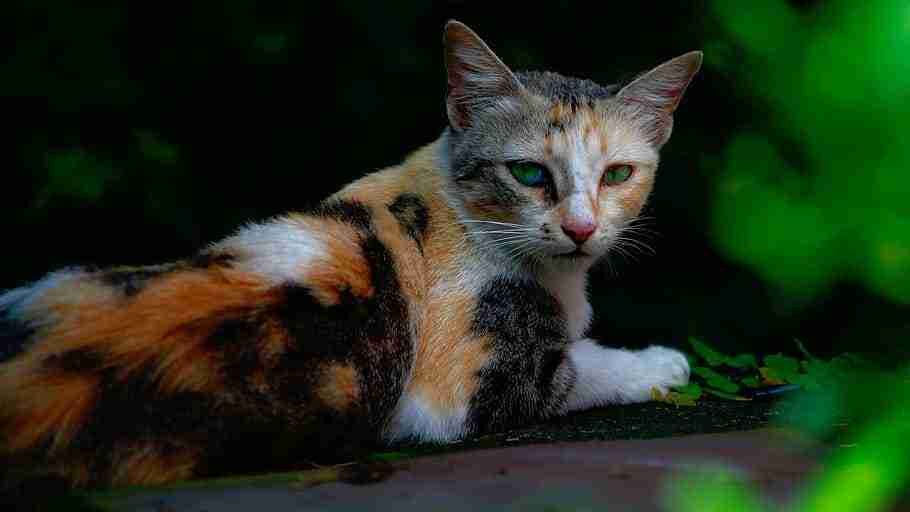
It’s often believed that cats are easy animals to feed because of their amazing ability to adapt and survive. Unfortunately, this belief is completely false. Even after millennia of coexistence with humans, the cat’s strict dietary requirements have remained unchanged due to their complex digestive systems.
Let’s delve into this further.
Cats Lack the Instinct to Drink
This innate lack of instinct traces back to the cat’s origins.
With limited water sources in the deserts they originated from, cats met their hydration needs through consumption of the small prey their diets consisted of. They retained most of these liquids, only urinating in small amounts.
Today, the domestic cat is much the same, including the absent instinct to drink water. When a cat approaches a bowl of water, you'll notice that they do anything but drink!
There are several ways to encourage a cat to hydrate, but the most effective one is to feed them wet food. Daily nutrition based on dry food alone is often inadequate in maintaining proper hydration. Over time, a cat’s sedentary lifestyle coupled with other predisposing factors can lead to health issues such as renal problems, cystitis or other ailments.
The Cat Is a Strict Carnivore
For cats, the intake of animal proteins is essential for their survival and preventing illness as their bodies are less able to process amino acids (protein components) from non-animal proteins.
How can you help you cat?
Rotate between dry and wet food to ensure a nutritional diet. Introduce them to the consistency of wet and dry food from a young age in order to get them used to both. Increasing the ratio of wet food reduces the caloric intake and also increases their hydration levels while providing a qualitative source of animal proteins that contain essential amino acids.
In addition, rotating between different protein sources (chicken, fish, etc.) is not only good practice but an important tool to provide them with all the required nutrients without excesses or deficiencies.
How to serve these foods
Serving wet food in the morning and evening – and not leaving it more than half an hour in the bowl – is useful to ensure a fresh meal; dry food can be left at the cat’s disposal throughout the day and night.
Take a look at our handy online tool that provides an overview of the wide variety of recipes to choose from and their benefits.
We hope that these tips will help you prepare for a happy and healthy life together with your feline companion.
Follow us on Instagram or Facebook for more tips on nutrition, education and care for your four-legged companion.
Written by Dr. Benedetta Giannini – Veterinarian

